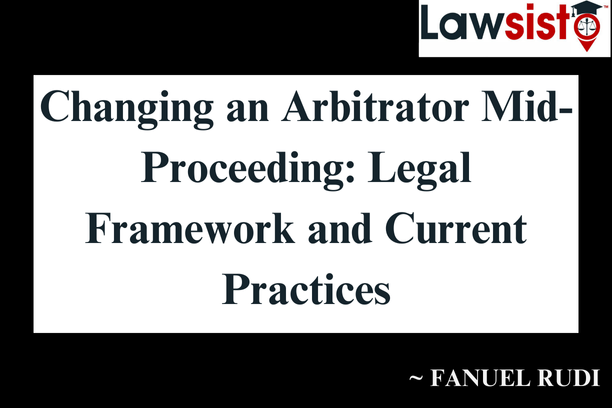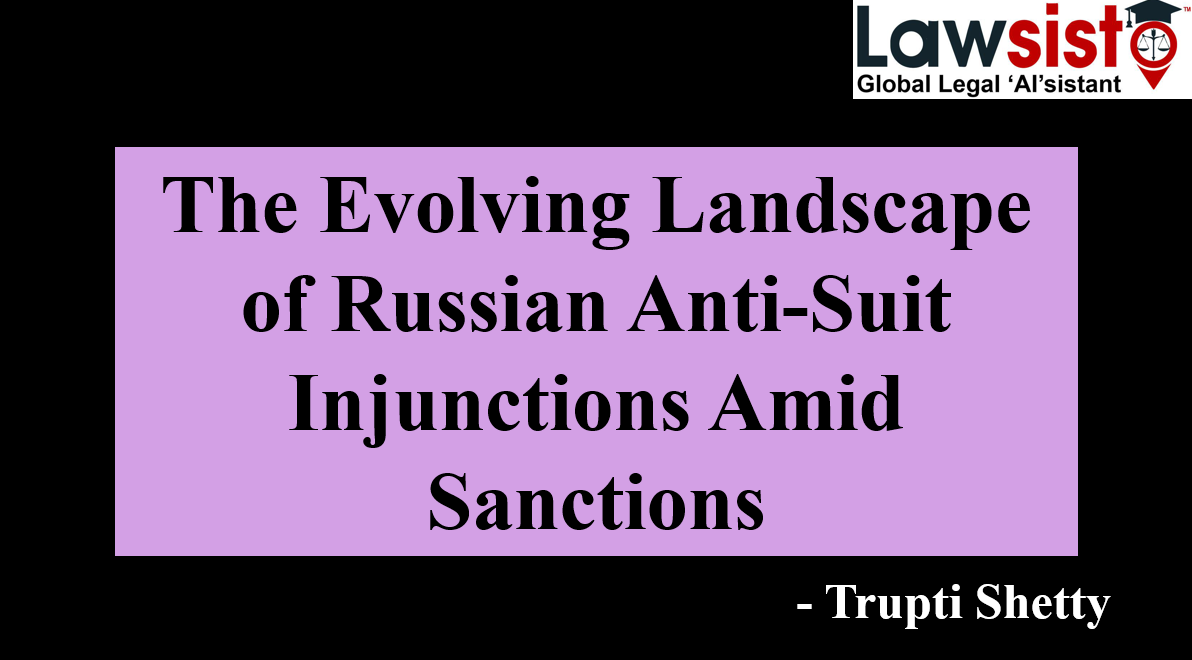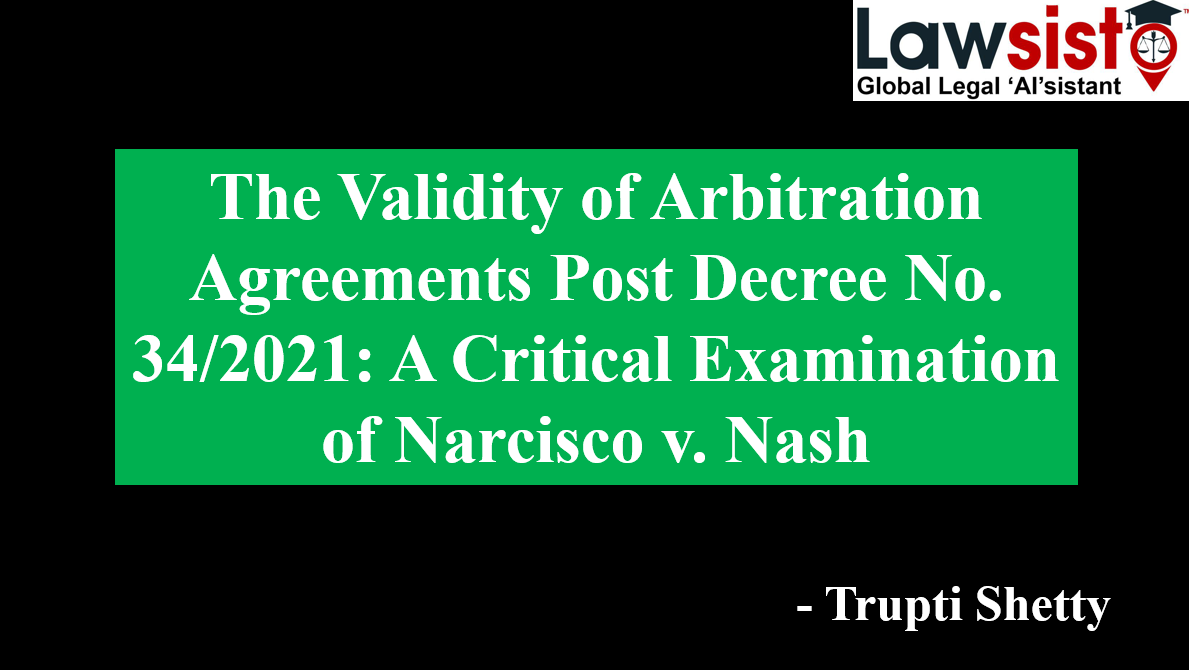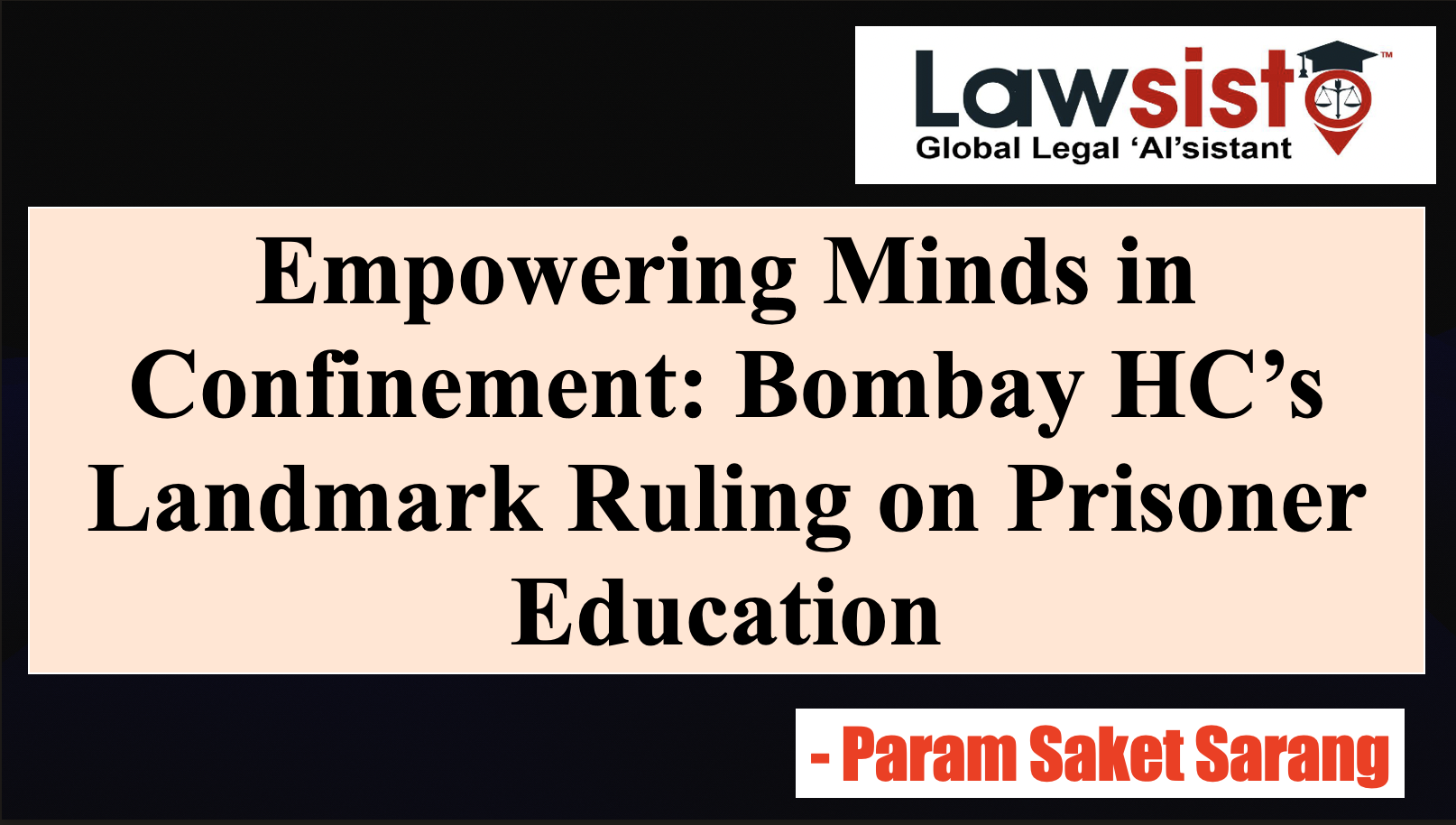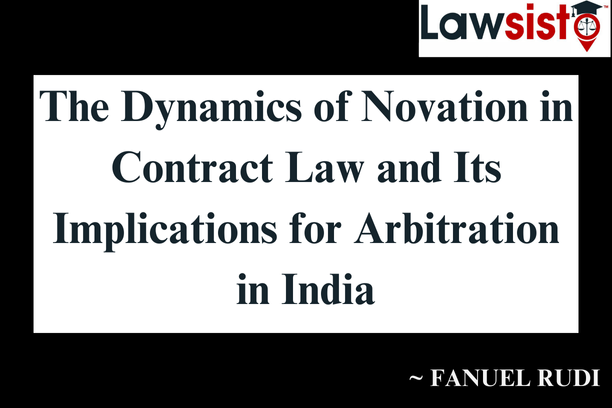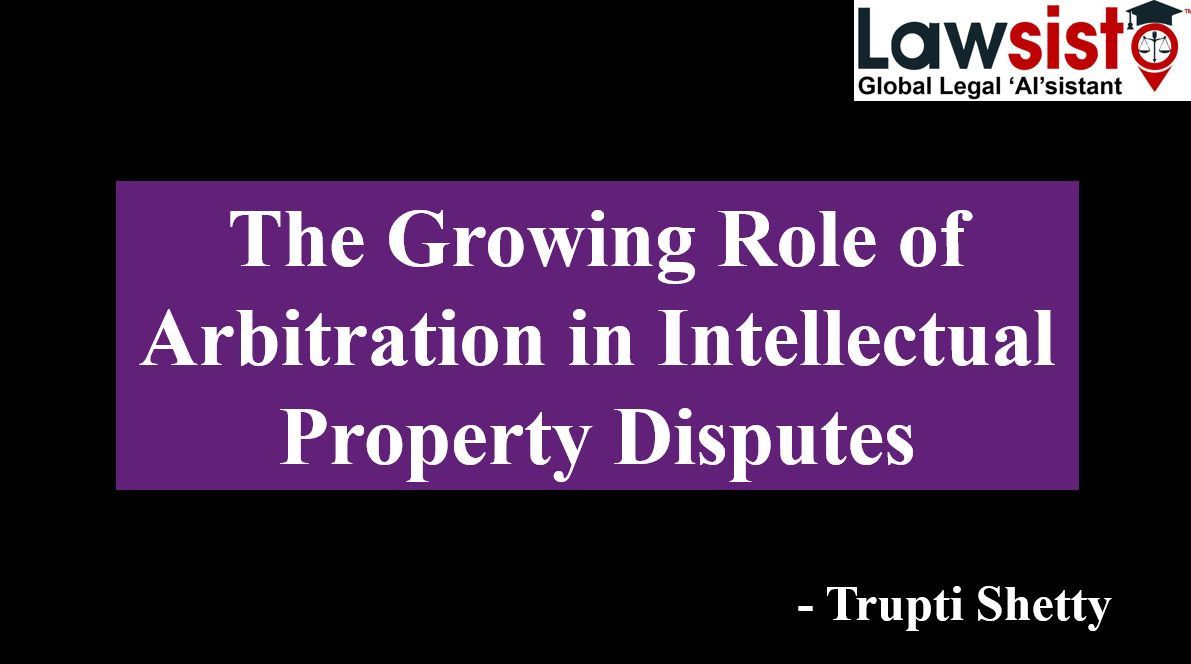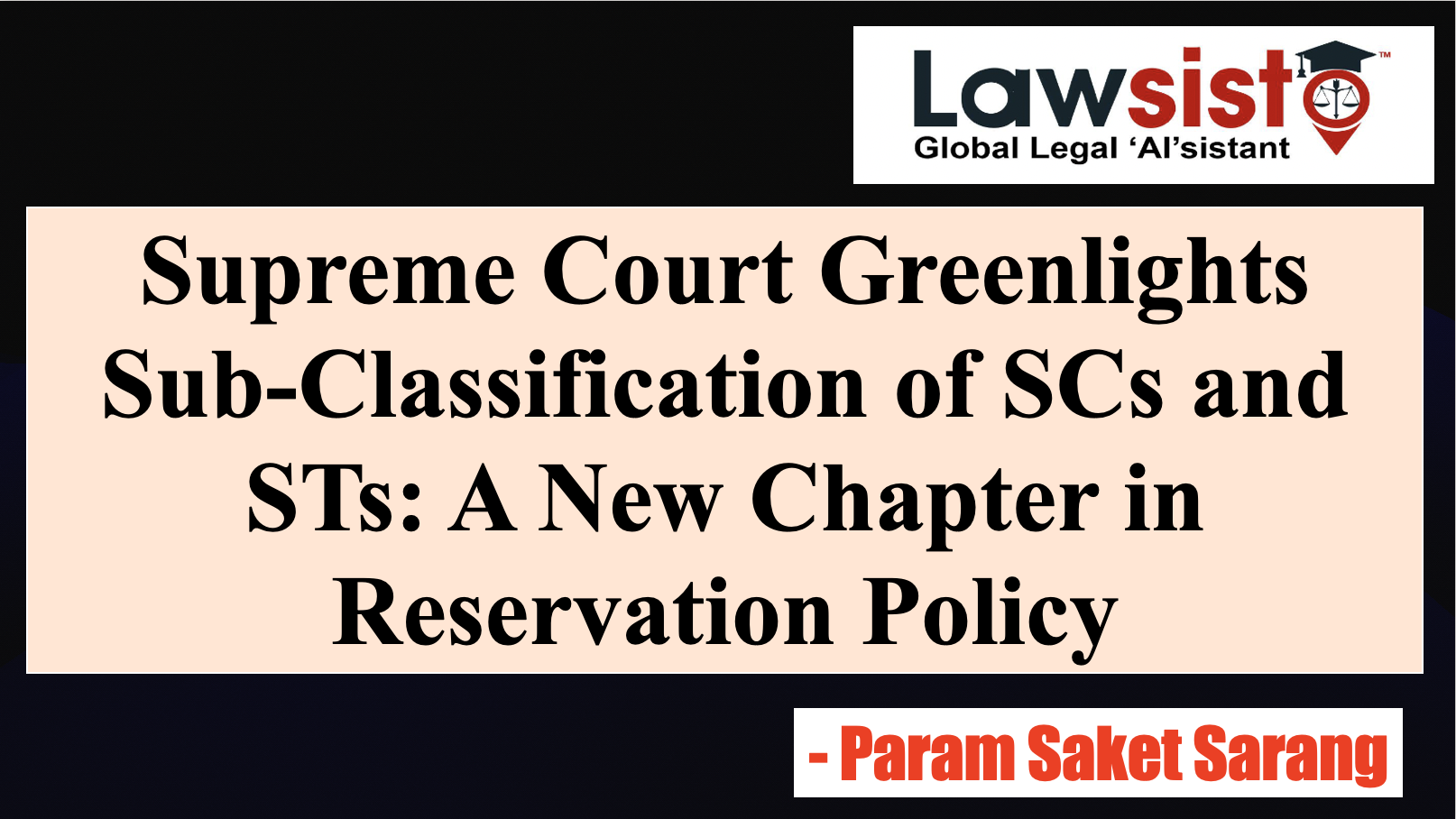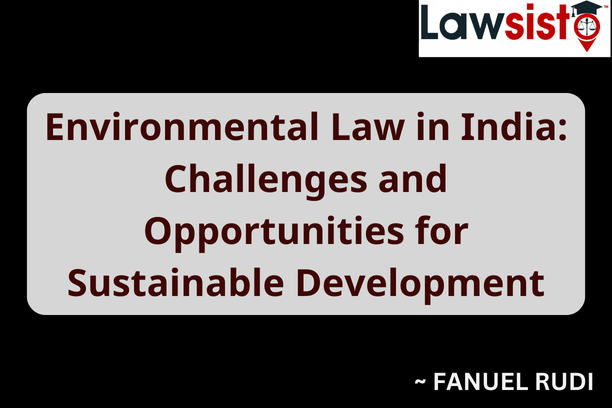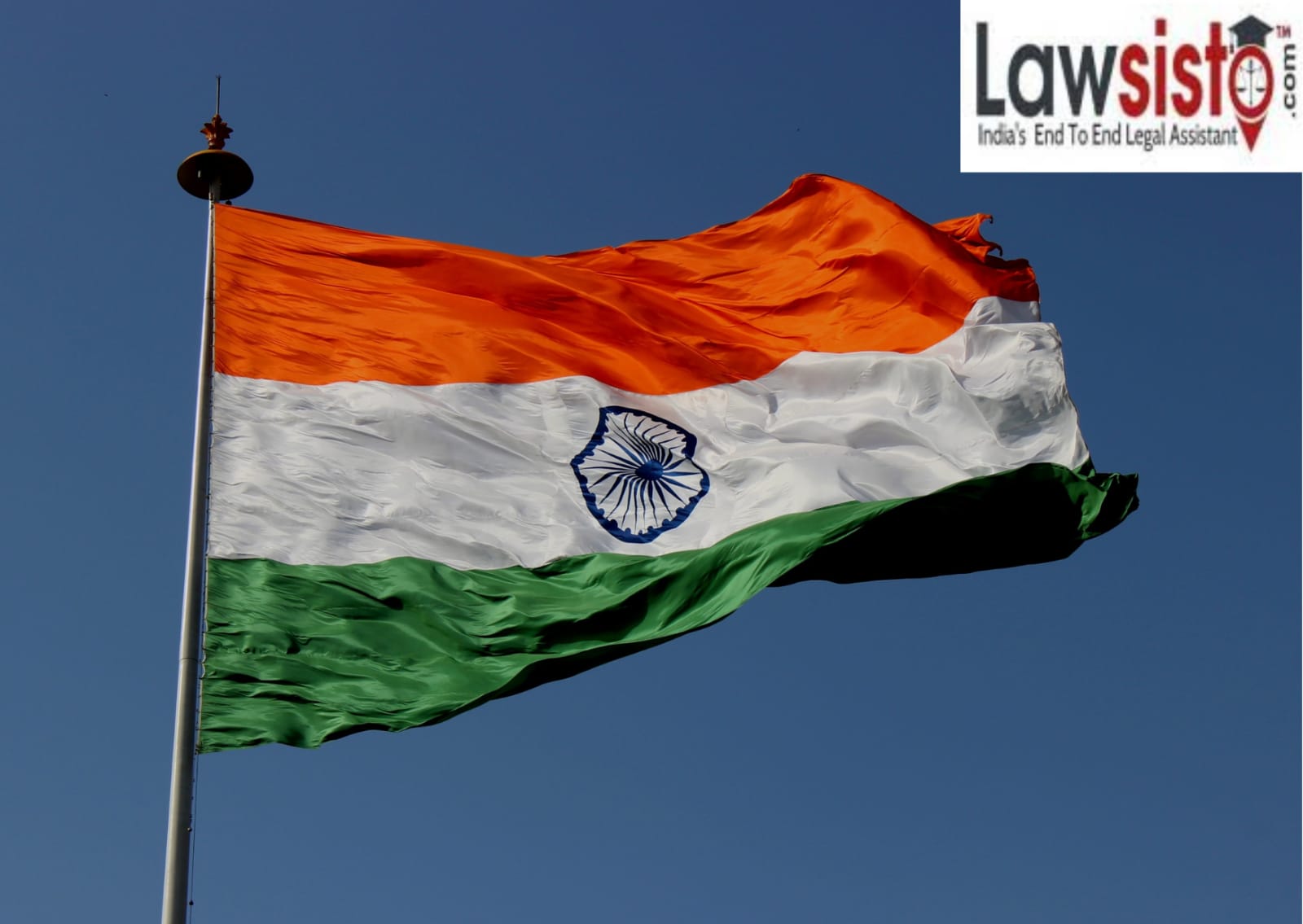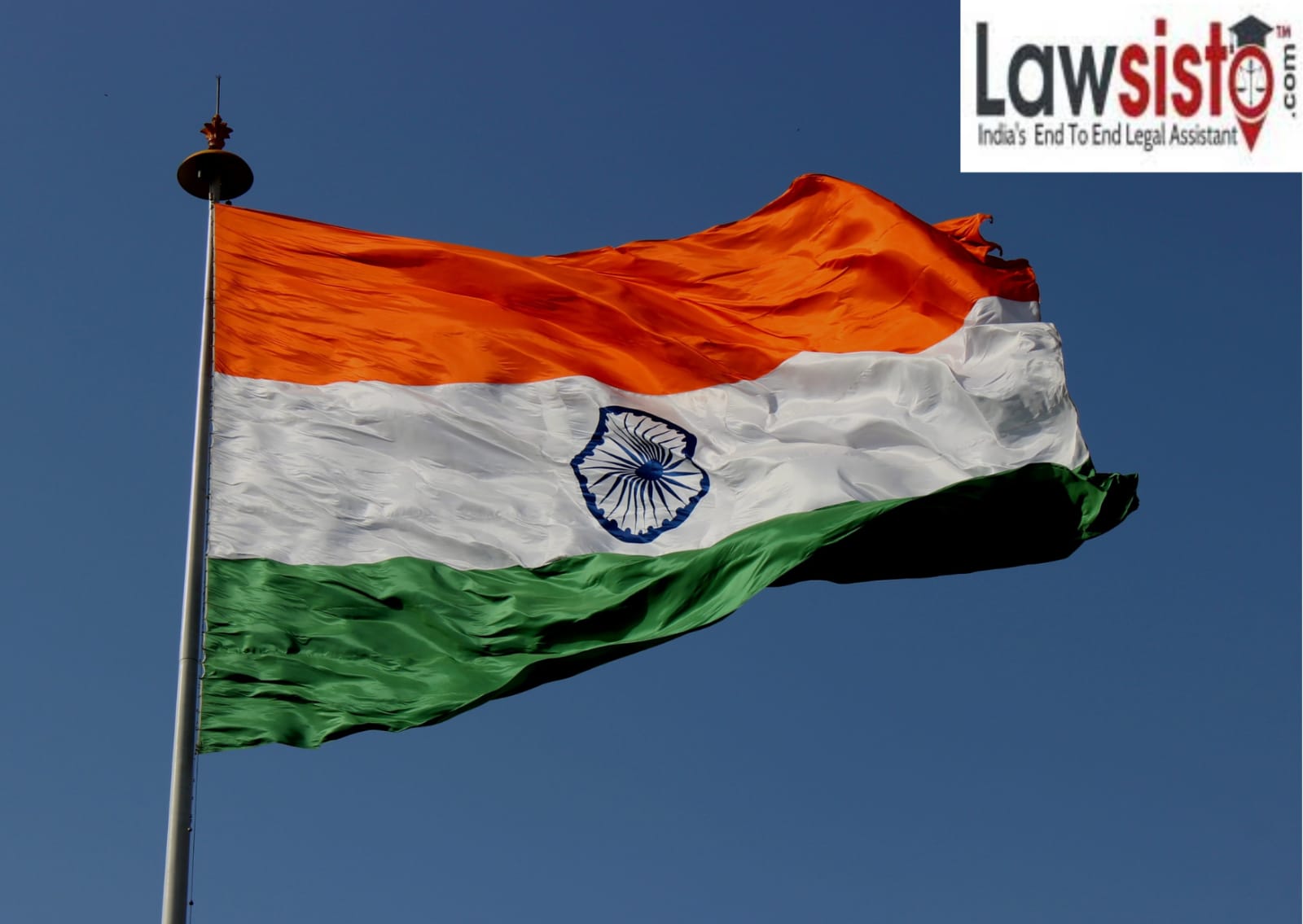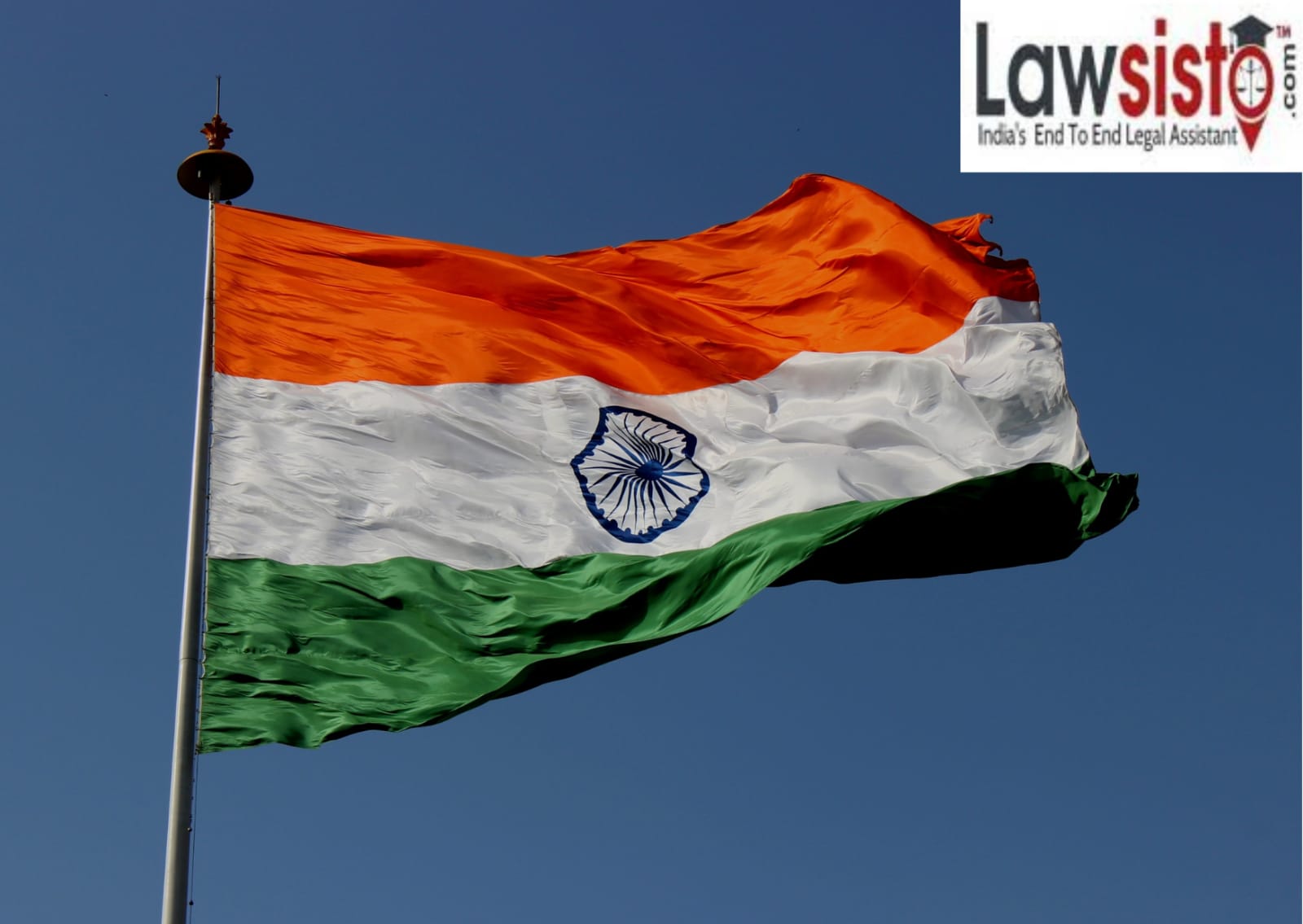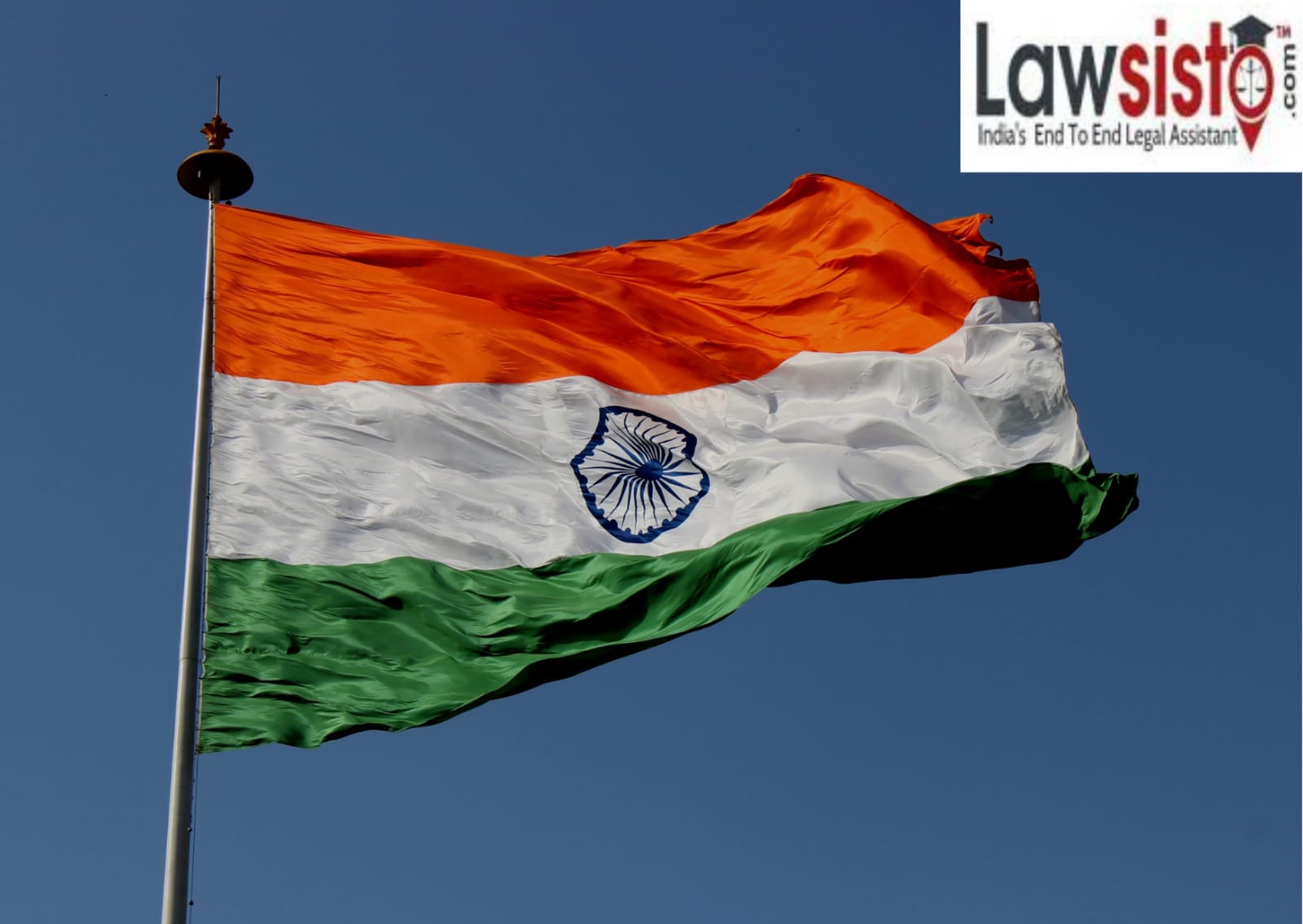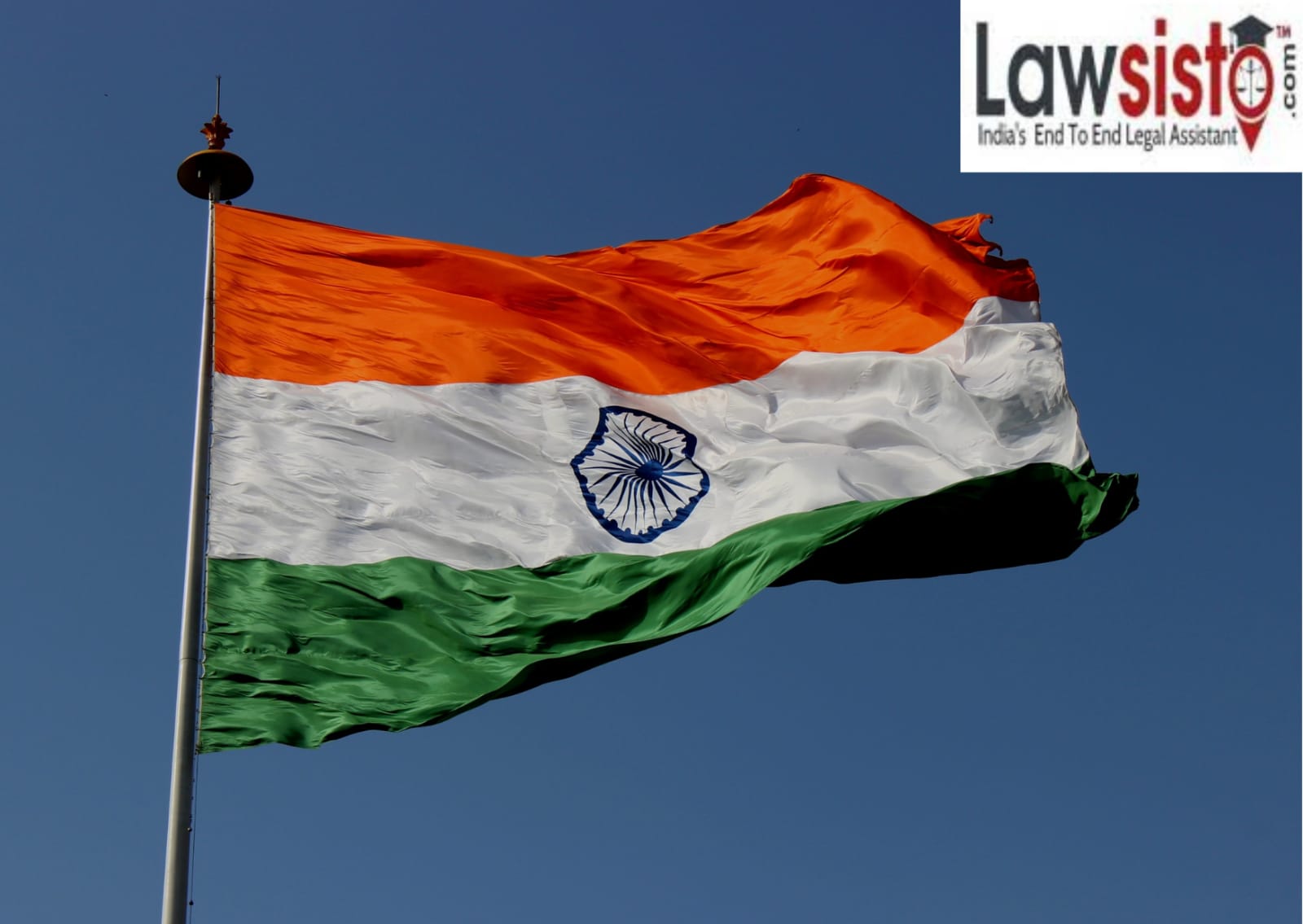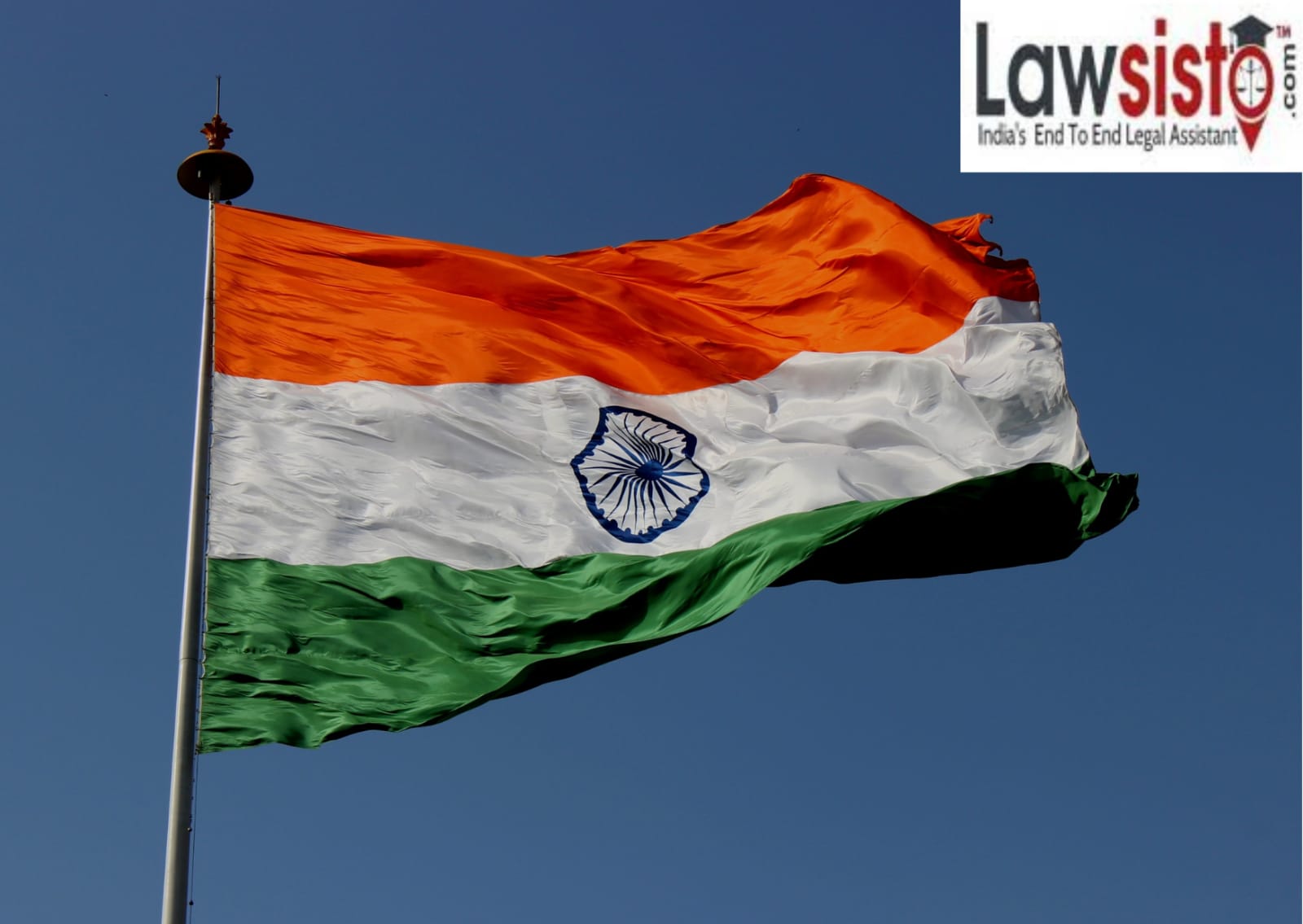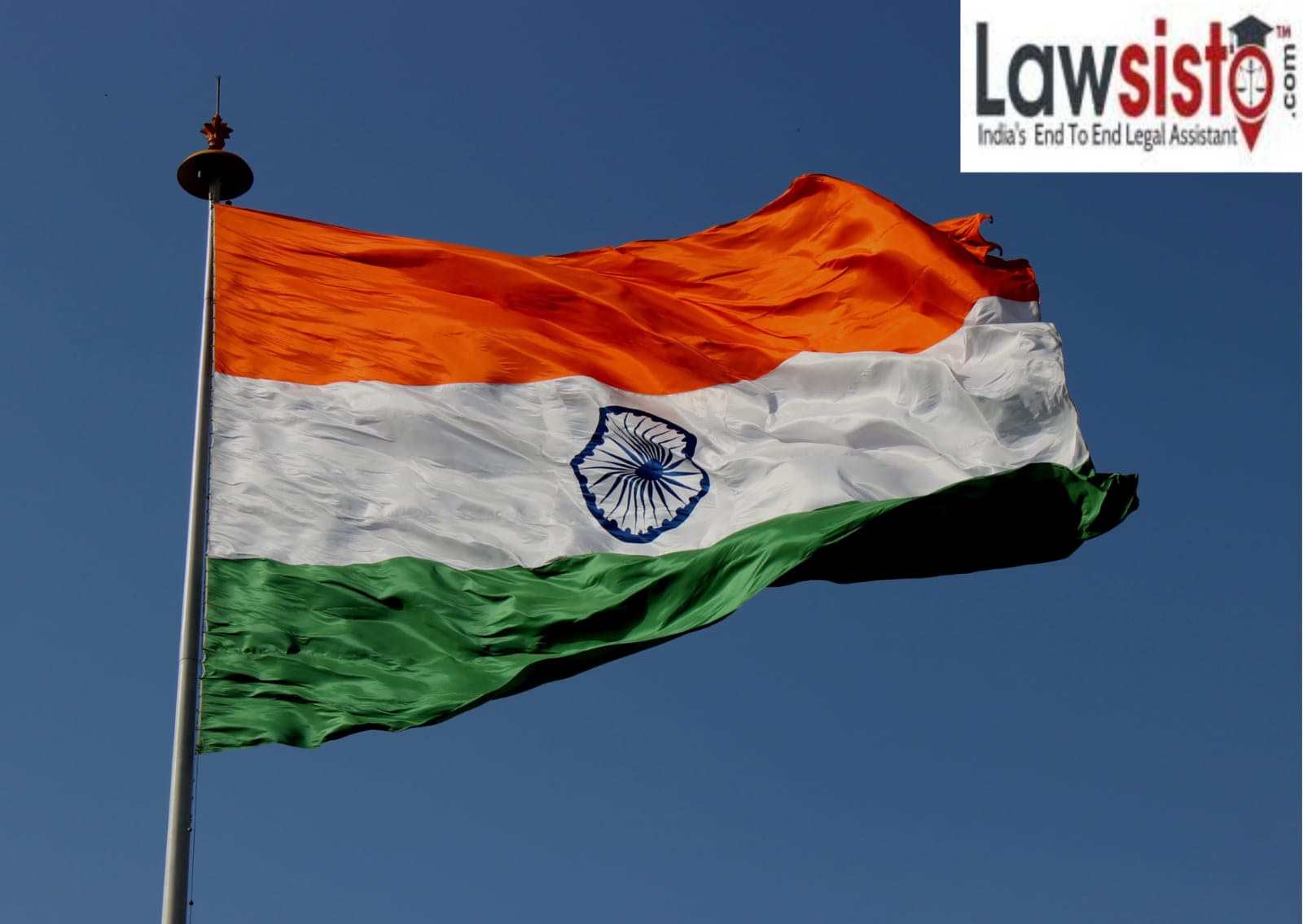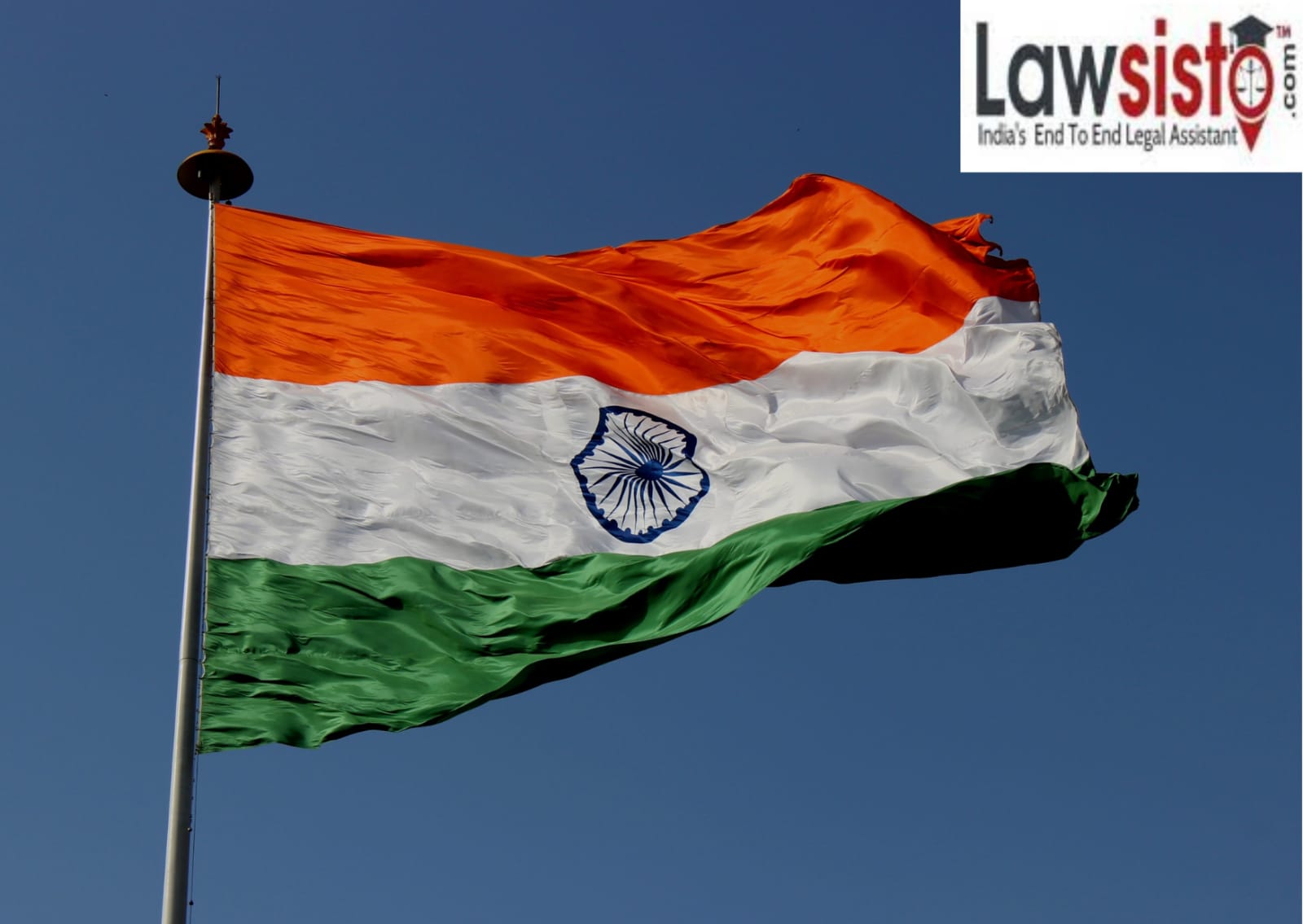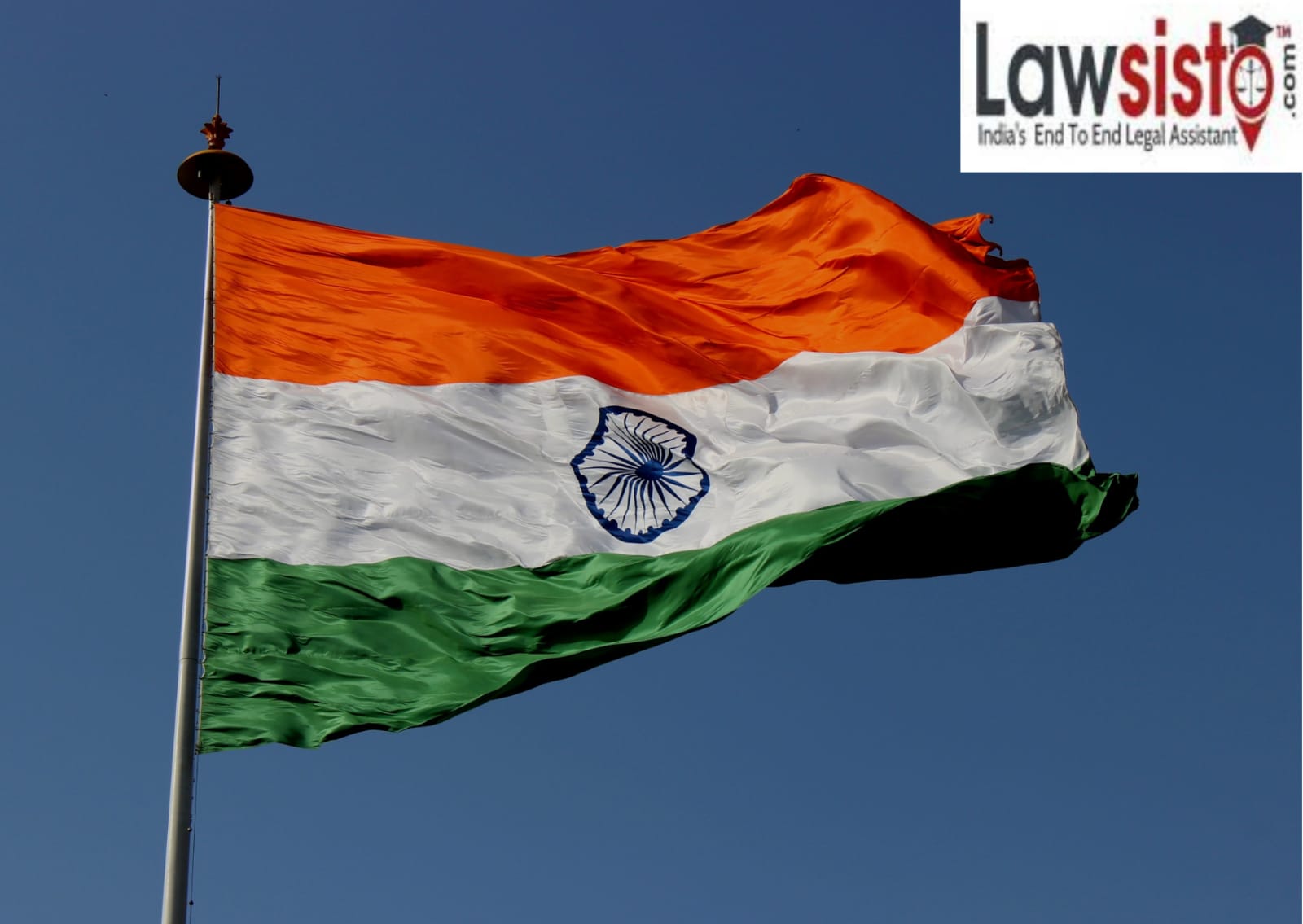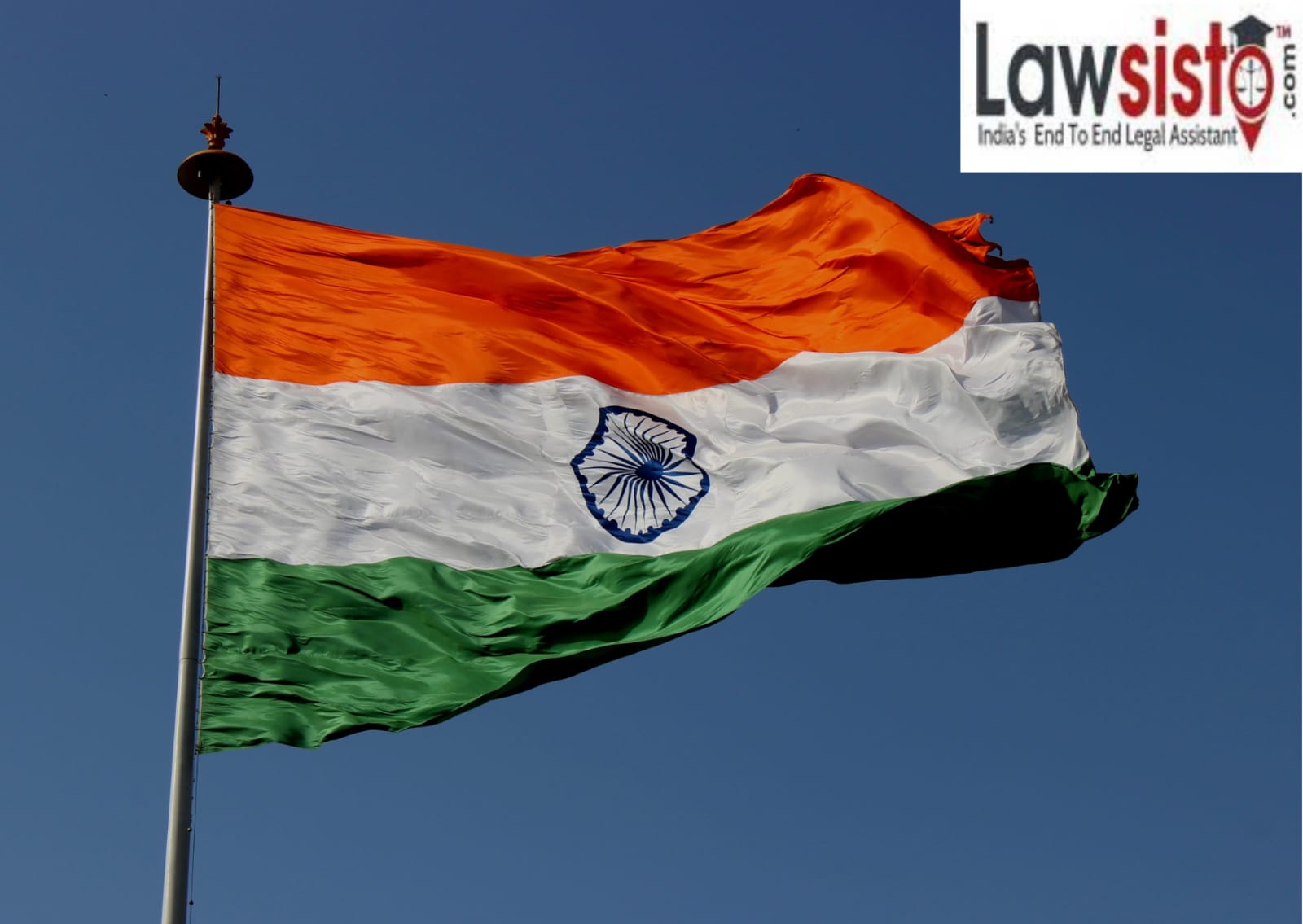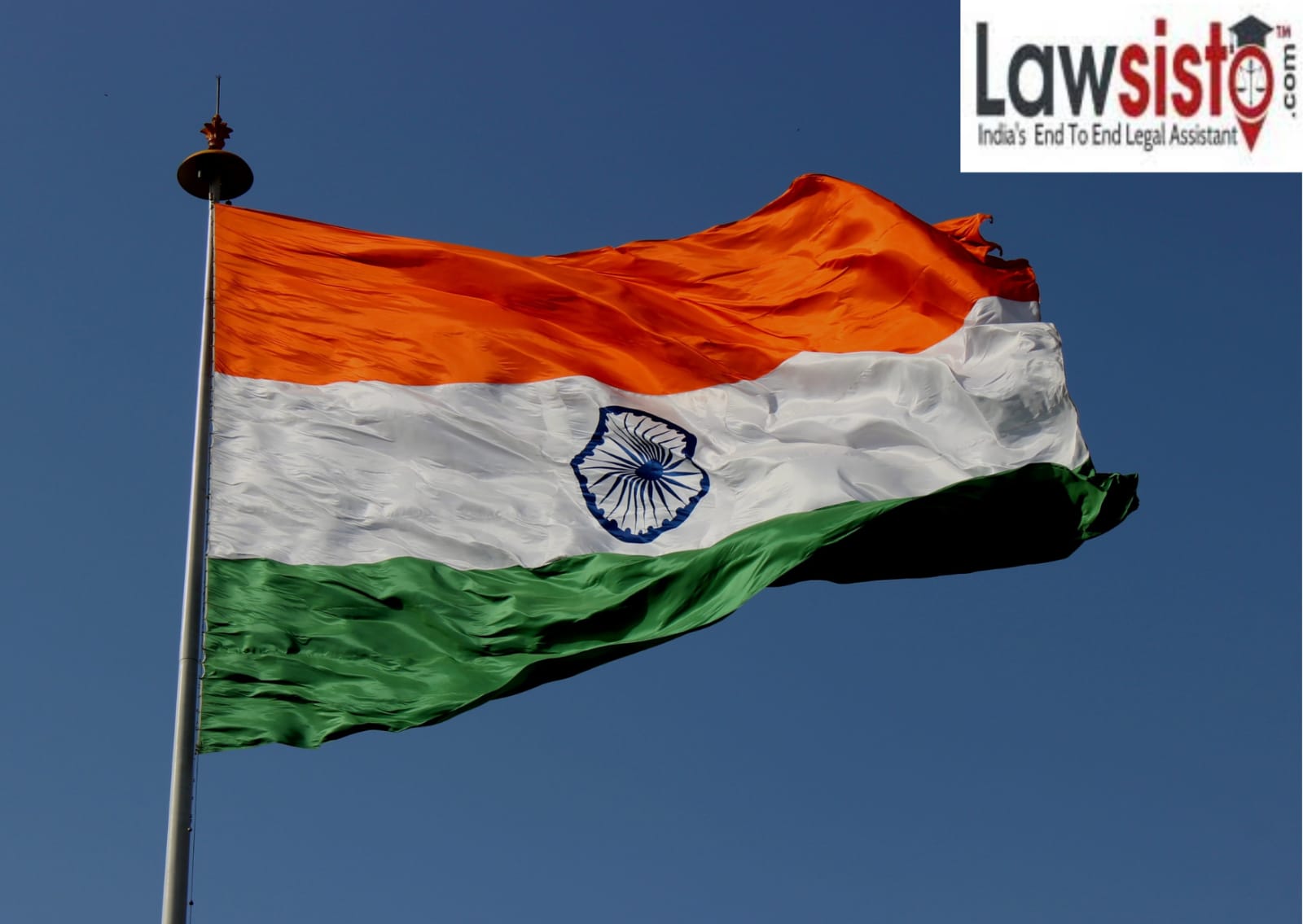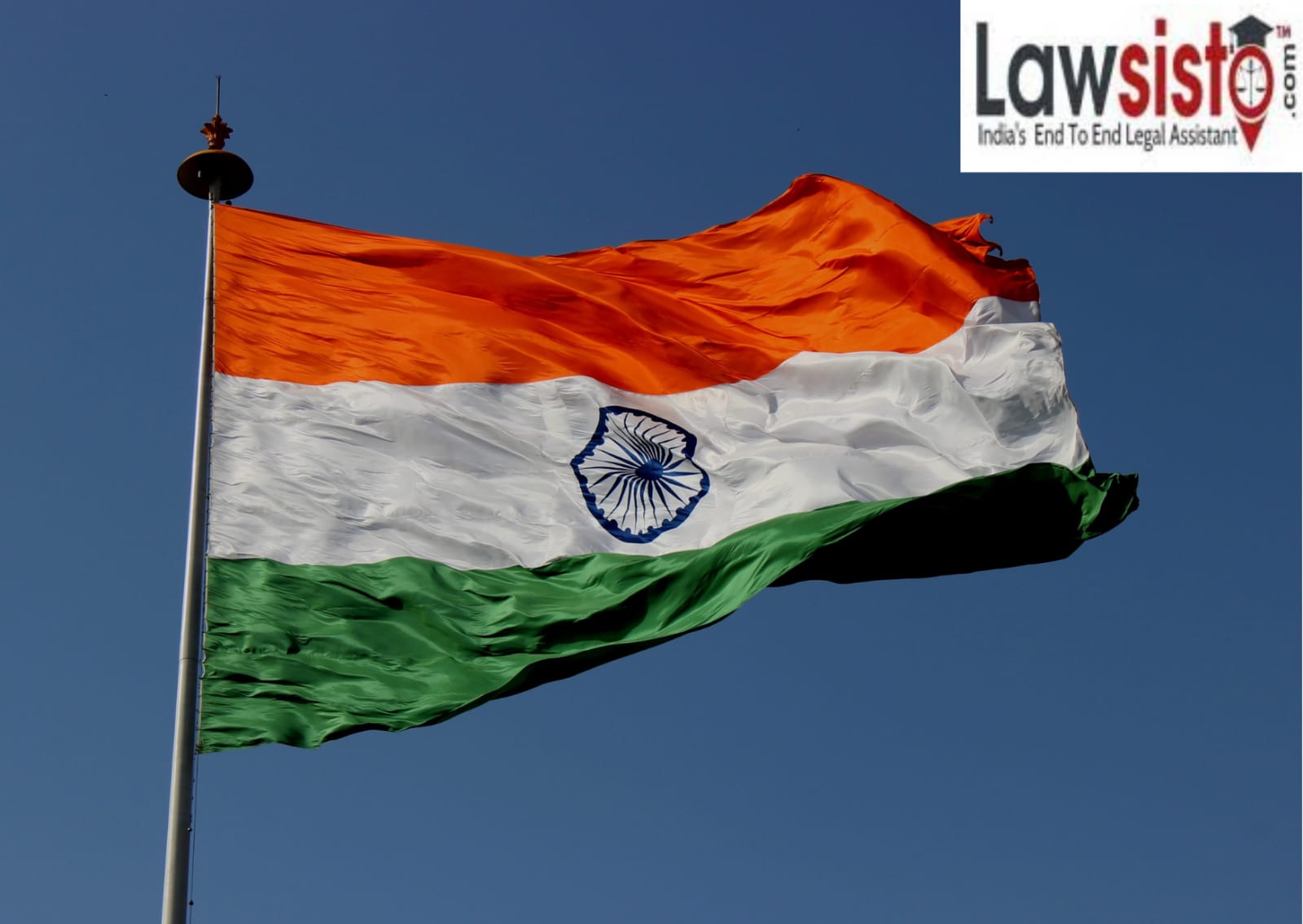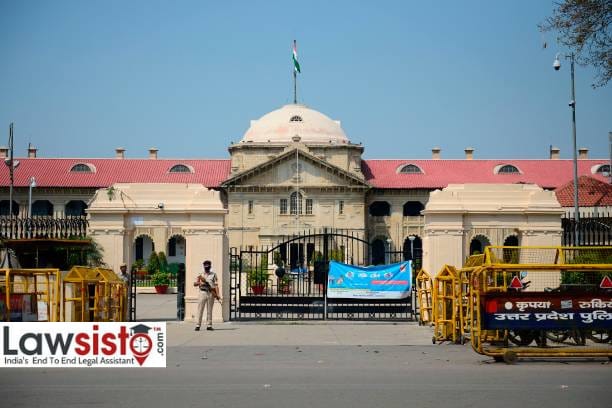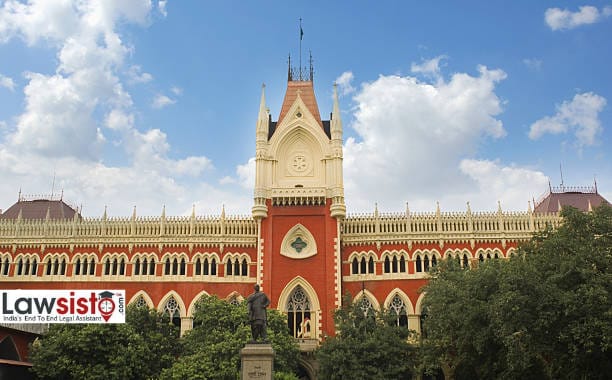Latest News
The Constitution (103rd Amendment) Act,2019
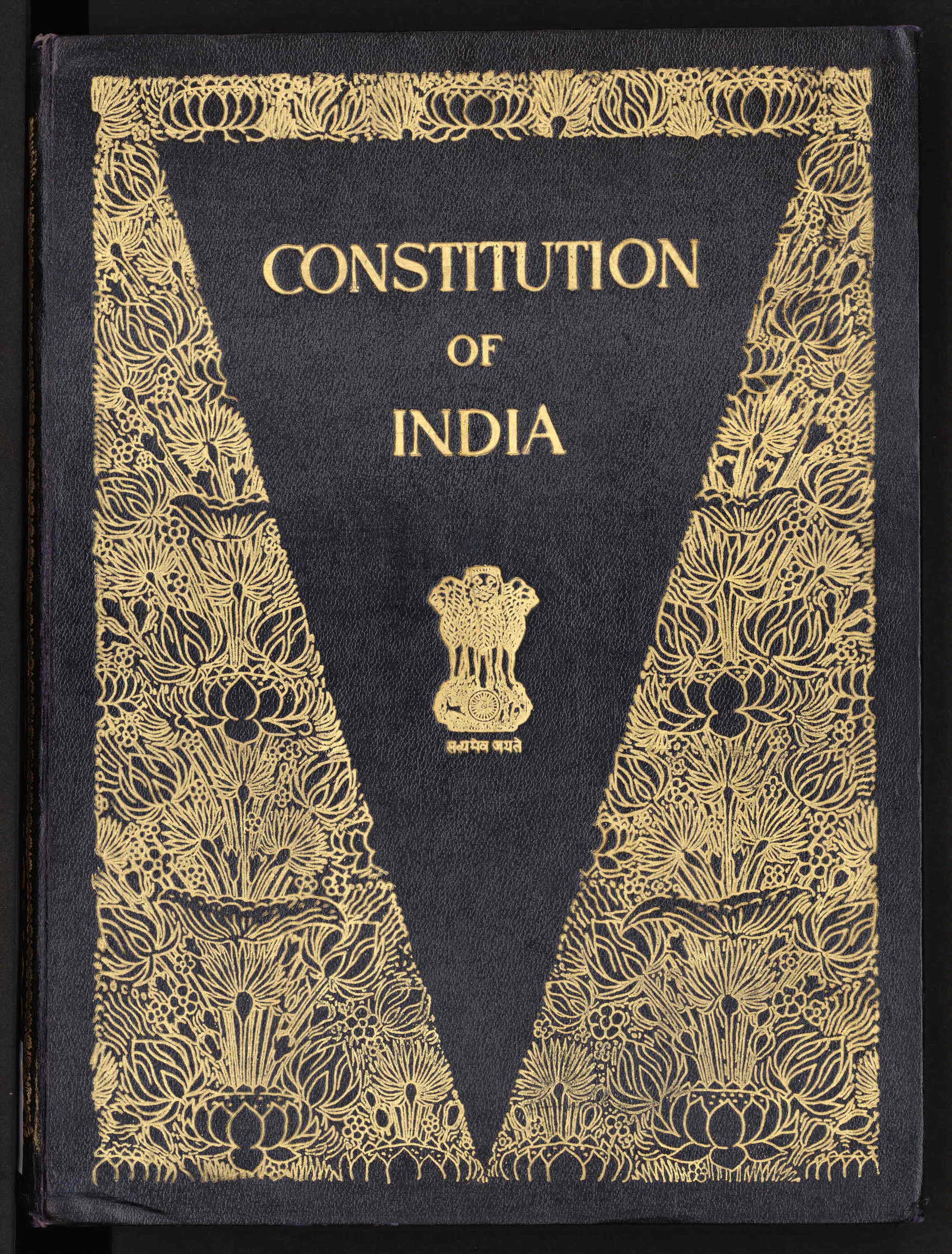
THE CONSTITUTION (103RD AMENDMENT) ACT, 2019 – AN ANALYSIS
The Amendment aims at promotion of educational and economic interests of Schedule Castes, Schedule Tribes, and other weaker sections. It seeks its validation from Article 46 in Directive Principle of State Policy of Constitution of India. The Article states that “State shall promote with special care the educational and economic interests of the weaker sections of people, and, in particular, of the Schedule Castes and Schedule Tribes, and shall protect them from social injustice and all forms of exploitation”[1]. The Act was passed by the Lok Sabha during a night session of parliament on 8th January,2019 with 323 votes in favour and 3 votes against. The Rajya Sabha passed the law on 9th January,2019 with 165 votes in favour and 7 against. On 12th January,2019 the Amendment Act received assent of president. The Act additionally permit the government to provide for the advancement of “economically weaker sections” by amending Article 15 and 16 of Constitution of India. Up to 10% of seats may be reserved for such sections for admission in educational institutions. Such reservation is not applied on minority educational institutions. The reservation for economically weaker sections in educational institutions and public employment is in addition to the existing reservation. The new Amendment brings clause 6 after clause 5 in Article 15 and 16. Clause (6) of amended Article 15 of Constitution of India states that “Nothing in this Article or sub-clause (g) of clause (1) of Article 19 or clause (2) of Article 29 shall prevent the State from making (a) any special provision for the advancement of any economically weaker sections of citizens other than the classes mentioned clauses (4) and (5), (b) any special provision for the advancement of any economically weaker sections of citizens other than the classes mentioned in clauses (4) and (5) in so far as such special provisions relate to their admission to educational institutions including private educational institutions, whether aided or unaided by State other than the minority educational institutions referred to in clause (1) of Article 30, which in the case of reservation would be in addition to the existing reservations and subject to a maximum of 10% of the total seats in each category.”[2] Article 16 clause (6) states “ Nothing in this Article shall prevent the state from making any provision for the reservation of appointments or posts in favour of any economically weaker sections of citizens other than the classes mentioned in clause (4), in addition to the existing reservation and subject to a maximum of 10% of the post in each category.”[3] The objective of the Act is to provide benefit to the economically weaker sections of the society who have largely remained excluded from attending the higher education from good institutions and public employment on account of their financial incapacity to compete with persons who are economically privileged. It was for making them available the benefit of reservation which was previously unavailable to them unless they meet the specific criteria of social and educational backwardness define under clauses (4) and (5) of Article 15 and clause (4) of Article 16 of Constitution of India. Hence, this Act is a sigh of relief for the economically weaker section which provides them an equal opportunity as privileged ones in the country.

